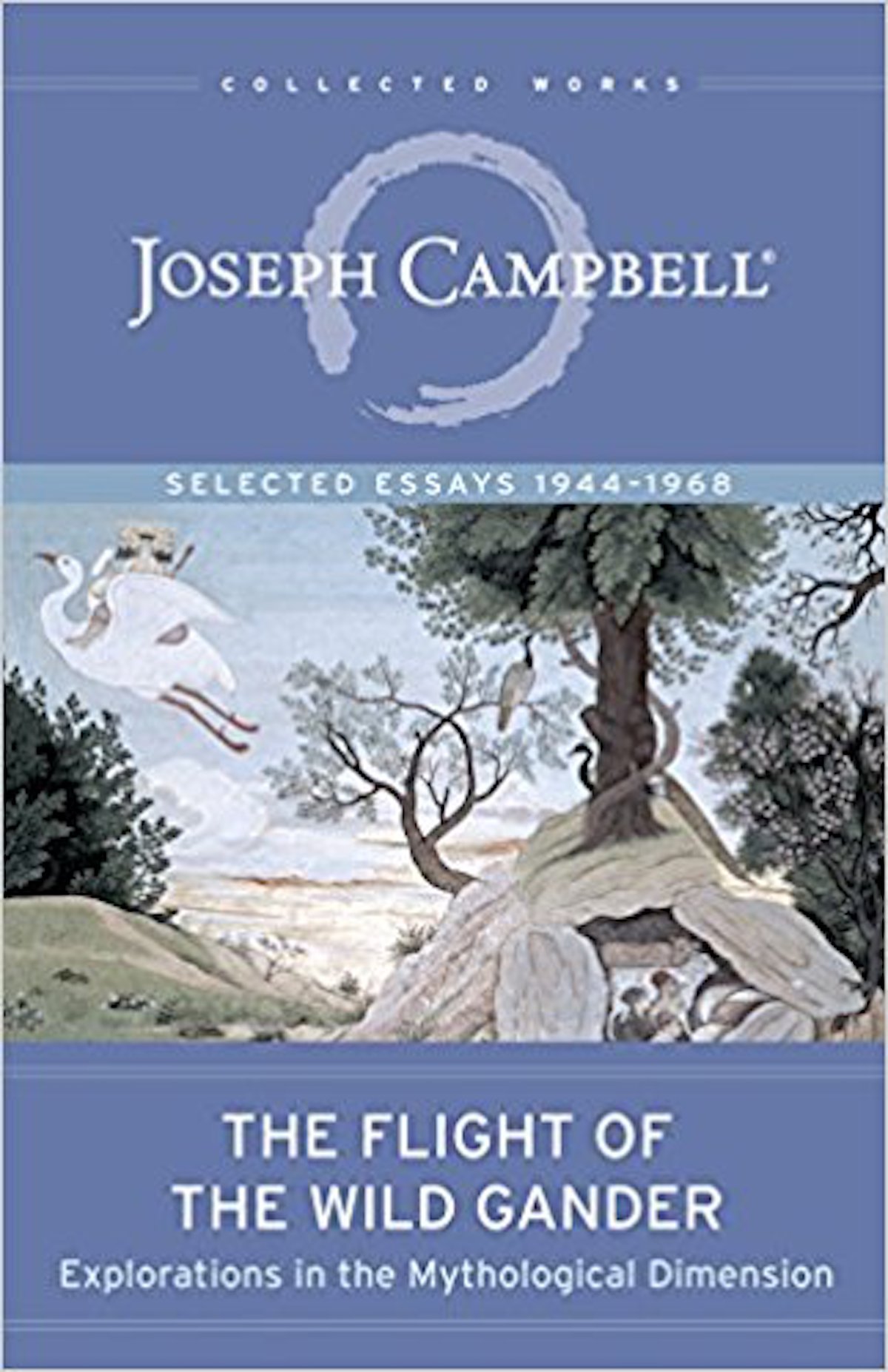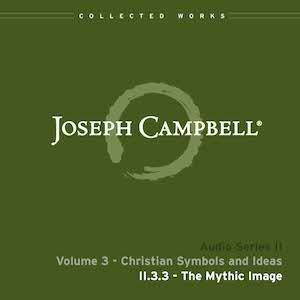Ecstatic Failure

I am thrilled to write on the MythBlast Series’ monthly theme, “The Heroism of Failure.” Especially on the failure part, because I feel so qualified in the matter—so much relevant content from my past to choose from! Strange though it may sound, this assessment evokes in me, for better and for worse, an appreciation for myself: for having passed through said terrain, and for the failures for selecting me, so to speak, for deepening.
In recent years I’ve begun saying, “The blessing and the curse walk hand in hand.” But this is no new discovery, as all opposites follow this pattern of living together under the same roof: hot and cold in the house of temperature, happy and sad in the house of emotion, and so on. However, by recognizing this phenomenon and embracing the viewpoint that failure and success cannot be wholly separated, we preserve their relationship, and do so within their natural environment. This pattern arises frequently in mythology, in literature, and in life—these successful failures, replete with surprise, ambiguity, and no lack of irony, especially when the narrative involves agents of prophecy and fate.
For now, though, the practice of merely seeking the gifts that come with a failure helps one avoid sinking too deep into depression, regret, self-abasement, and the like. All of these, when in excess, are a kind of narcissism: an excessive self-centeredness on content that happens to be negative instead of positive. On the other hand, attentiveness simply to the presence of potential hidden values in failure invites such allies as thoughtfulness, reflection, and hope.
But, even more valuable, this attention prompts a conscious capacity to initiate new perspectives, spacious perspectives, which are exceptionally effective in evading the confinement that accompanies one-sidedness. Conversely, this practice conditions one to keep an eye out for the (usually surreptitious) dangers that inevitably come riding in on the coattails of even our most magnificent successes—indeed, especially in our most magnificent successes.
Read more
 I’m reminded of a seminar James Hillman hosted over a decade ago. We had just accomplished something of value, figured something out, though I forget what it was because he quickly followed with: “Well, that’s just great. Now, if we could somehow snatch some defeat from this victory.” Of course we all laughed at this for a long time—this essentially being ourselves and our chronic inability to recognize the gifts in failure.
I’m reminded of a seminar James Hillman hosted over a decade ago. We had just accomplished something of value, figured something out, though I forget what it was because he quickly followed with: “Well, that’s just great. Now, if we could somehow snatch some defeat from this victory.” Of course we all laughed at this for a long time—this essentially being ourselves and our chronic inability to recognize the gifts in failure.
Initially, I had intended to focus on the obvious gifts failure brings like character-building, patience, and wisdom, but now I feel it more valuable to camp out on the expansion of perspective—on taking responsibility for our own liberation (which is the only way individuation works, anyway). The perspective part is straightforward enough, being that we always—as in, “perpetually”—have one. Just as our perspectives perpetually have us.
But what of the expansion element that opens more inclusive and comprehensive directions? For this, let’s turn to the shaman, who Mircea Eliade describes as “healer and psychopomp . . . because he commands the techniques of ecstasy . . . because his soul can safely abandon his body and roam vast distances, penetrate the underworld and rise to the sky” (Shamanism: Archaic Techniques of Ecstasy 182).
Before proceeding further, it’s important to note that “ecstasy,” which is generally taken to mean something like “magnificently happy,” descends from the Greek ekstasis, literally “to stand outside of oneself.” It is in this sense that Eliade wields the word when describing the ecstasy of the shaman, whose healing-work requires vast travel of a deeply psychic nature—and let me remind, the literal translation of psyche is “soul.” Furthermore, the shaman’s travel to the vast “out there” transpires simultaneously within the mystical geography of the vast “in here”—that is, in psyche. This paradoxical dynamic is addressed in the depth-psychological tenet that psyche is within us and we are within it.
Be that as it may, I’m guessing most of us are not shamans by trade, spending our evenings in caves hunched over small fires, periodically sailing out of our bodies to consult the stars. So how do we relate to this figure? Again, psychologically. In Flight of the Wild Gander: Selected Essays 1944-1968, Joseph Campbell highlights this shared ground: “The shaman,” he writes “is one who, as a consequence of a personal psychological crisis, has gained a certain power of his own” (126).
We have the standard catalysts for the psychological crises that initiate a shaman into power— severe illnesses, getting struck by lightning, seizures, falling off a cliff—events that most people would categorize as failures. But for those of us who know better, must we leap from cliffs in lightning storms to reap the reward of ecstatic technique? Short (and best) answer: No. Psychological crisis is commonplace enough, even little ones, and provide us ample primateria to work with.
Consider the proverbial “troubled artist,” one for whom many believe it’s the trouble that drives the art. I happen to think it’s the earnestness to heal (albeit prompted in no small part by the trouble) that does the driving. Like the shaman, the artist can travel beyond, expand their perspectives miles above the crisis, and often without the need to directly address the crisis. They heal through the simple act of making. Nonetheless, I would be wary in asking to write poetry like Pound and Plath, novels like Tolstoy and Woolfe, or to paint like O’Keefe or van Gogh, lest I invite with it a magnitude of psychological crisis that far exceeds my ambition or calling.
But if one is neither artist nor shaman, no worries! Stick with the psychological. All of us have our bittersweet neuroses—those persistent symptoms acting like one long, drawn-out crisis, initiating us into the business of “ecstasy” and self-healing. And let’s be sure to remember: we are not beholden to these catalysts just because they got us “here.” As Jung shares in his Memories, Dreams, Reflections: “If they [those afflicted by neuroses] are enabled to develop into more spacious [emphasis mine] personalities, the neurosis generally disappears” (140).
Thank you for reading, and may you have an ecstatic day!
 Yours,
Craig Deininger
Yours,
Craig Deininger
Weekly Quote
When looking back at your life, you will see that the moments which seemed to be great failures followed by wreckage were the incidents that shaped the life you have now. You’ll see that this is really true. Nothing can happen to you that is not positive. Even though it looks and feels at the moment like a negative crisis, it is not. The crisis throws you back, and when you are required to exhibit strength, it comes.
Featured Video
Myth Resources
Ego and Archetype: Individuation and the Religious Function of the Psyche
 “This book is about the individual’s journey to psychological wholeness, known in analytical psychology as the process of individuation. Edward Edinger traces the stages in this process and relates them to the search for meaning through encounters with symbolism in religion, myth, dreams, and art. For contemporary men and women, Edinger believes, the encounter with the self is equivalent to the discovery of God. The result of the dialogue between the ego and the archetypal image of God is an experience that dramatically changes the individual’s worldview and makes possible a new and more meaningful way of life.”
“This book is about the individual’s journey to psychological wholeness, known in analytical psychology as the process of individuation. Edward Edinger traces the stages in this process and relates them to the search for meaning through encounters with symbolism in religion, myth, dreams, and art. For contemporary men and women, Edinger believes, the encounter with the self is equivalent to the discovery of God. The result of the dialogue between the ego and the archetypal image of God is an experience that dramatically changes the individual’s worldview and makes possible a new and more meaningful way of life.”
Featured Work
Flight of the Wild Gander, The
In these essays – contemporary with his years at Sarah Lawrence and with his legendary Cooper Union lectures – Campbell explores the origins of myth, from the Grimms’ fairy tales to Native American legends. He explains how the symbolic content of myth is linked to universal human experience and how the myths and experiences change over time. Included is the famed essay “Mythogenesis,” which traces the rise and decline of a Native American legend.
Subscribe to JCF’s email list to receive a weekly MythBlast newsletter along with occasional news and special offers from JCF.




